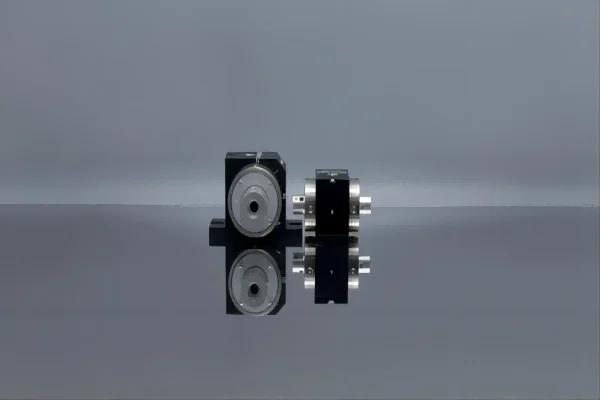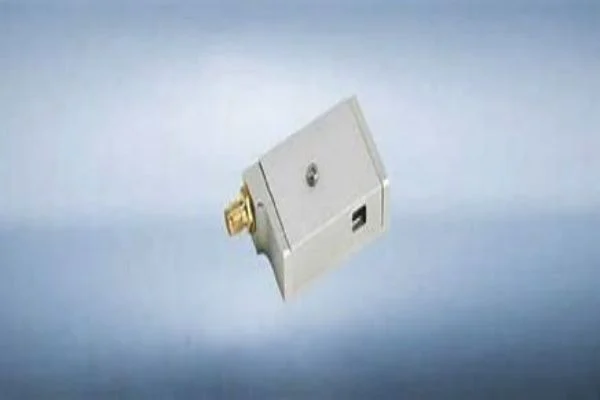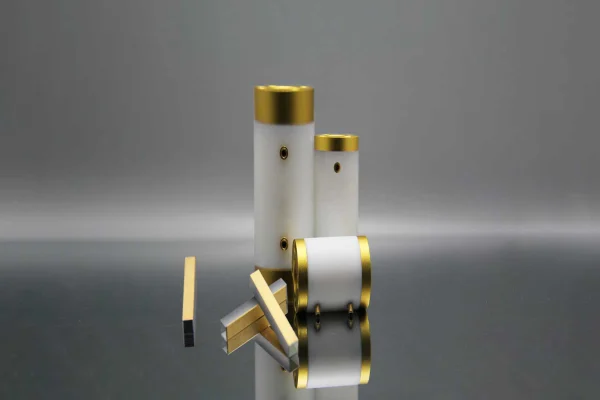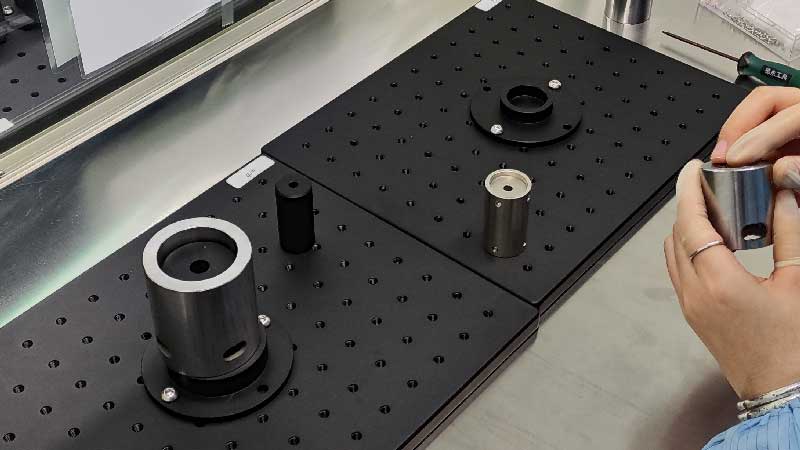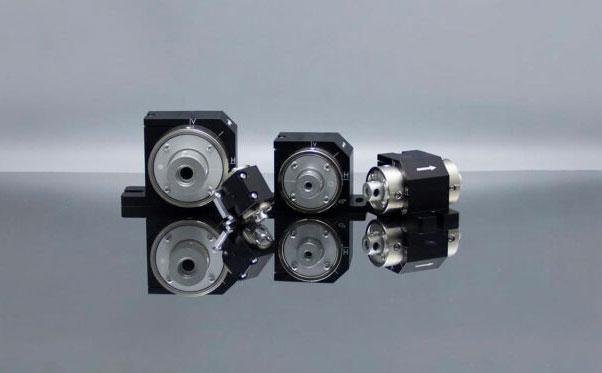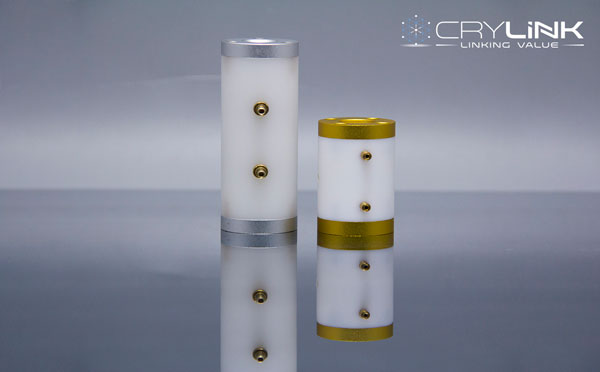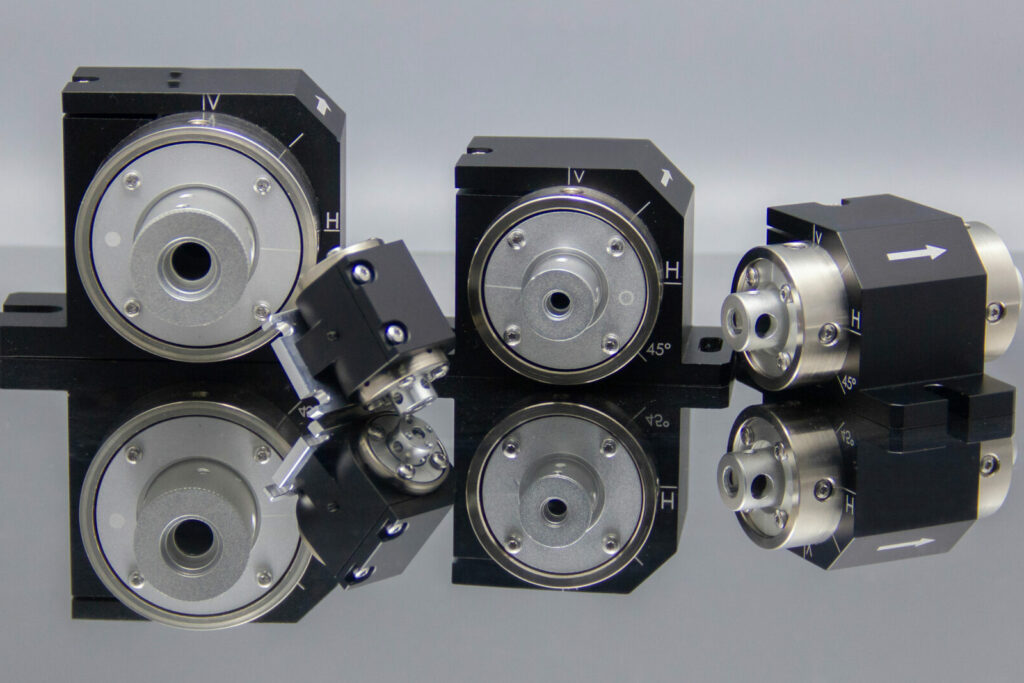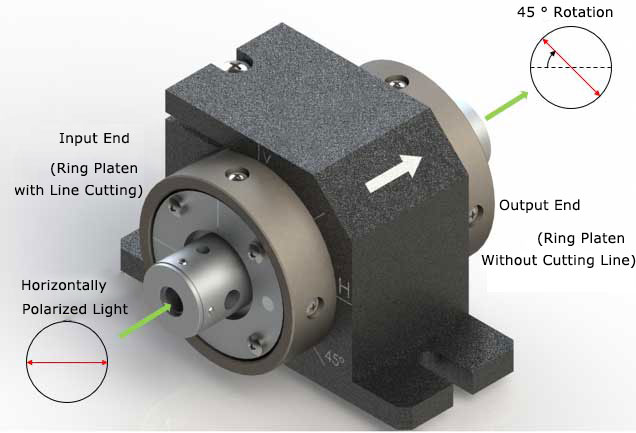Optical Isolators in Atomic Clocks: Unrivaled Precision and Superior Frequency Control
Introduction In the realm of precision timekeeping, atomic clocks stand as the pinnacle of accuracy. These devices, which harness the predictable oscillations of atoms, have revolutionized our understanding of time. But like all precision instruments, atomic clocks are susceptible to external disturbances. This is where optical isolators come into play, ensuring that atomic clocks run with unparalleled accuracy. The Fundamentals of Atomic Clocks Atomic clocks stand as marvels in the world of timekeeping, representing a significant leap from traditional methods. Unlike the clocks we often encounter in our daily lives, which depend on the intricate dance of gears or the …
Optical Isolators in Atomic Clocks: Unrivaled Precision and Superior Frequency Control Read More »

